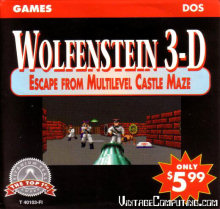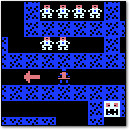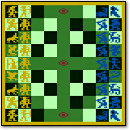Old-School PC Copy Protection Schemes
Tuesday, August 8th, 2006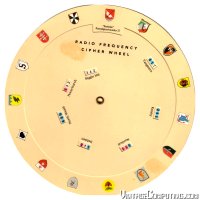 [This is Eric Lambert’s second submission to VC&G, with contributions and editing by RedWolf.]
[This is Eric Lambert’s second submission to VC&G, with contributions and editing by RedWolf.]
Nothing seems to make headlines more these days than war and copyright infractions. Whether it has to do with movies, music, or games, “piracy” is now a household word, and media providers are searching for ways to reduce it and make money off of it at the same time. Hollywood’s Broadcast Flag. Sony’s rootkit debacle. Starforce. So much time, effort, and public goodwill has been wasted on the quest to prevent people from copying things.
 All right. Did I scare off the casual passers-by yet? Because this isn’t a crusade to rail against the evils of modern copy-protection. No, I just needed a legitimate sounding opening to introduce what I really want to talk about: old-school copy protection. We’re talking “Don’t Copy That Floppy” here, folks — back in the days when men were men and boys had to learn how to handle boot floppies and extended memory.
All right. Did I scare off the casual passers-by yet? Because this isn’t a crusade to rail against the evils of modern copy-protection. No, I just needed a legitimate sounding opening to introduce what I really want to talk about: old-school copy protection. We’re talking “Don’t Copy That Floppy” here, folks — back in the days when men were men and boys had to learn how to handle boot floppies and extended memory.
 The early copy protection schemes were much more analog than digital, and tended to fall into two categories: code wheels and manual lookups. That’s right, they used documents and devices that were physically separate from the program. While the games themselves were easy to duplicate, copy protection (C.P.) implementations weren’t. Moving parts, dark-colored pages, esoteric information scattered throughout a manual all meant that photocopying (when possible) could be prohibitively expensive. And without a world-wide publicly available Internet, digital scans and brute-force cracking programs were almost unheard of. For the most part, the C.P. methods were an effective low-tech solution to a high-tech problem.
The early copy protection schemes were much more analog than digital, and tended to fall into two categories: code wheels and manual lookups. That’s right, they used documents and devices that were physically separate from the program. While the games themselves were easy to duplicate, copy protection (C.P.) implementations weren’t. Moving parts, dark-colored pages, esoteric information scattered throughout a manual all meant that photocopying (when possible) could be prohibitively expensive. And without a world-wide publicly available Internet, digital scans and brute-force cracking programs were almost unheard of. For the most part, the C.P. methods were an effective low-tech solution to a high-tech problem.
So let’s take a look at a couple of them and revel in their oh-so-simple glory.
[ Continue reading Old-School PC Copy Protection Schemes » ]
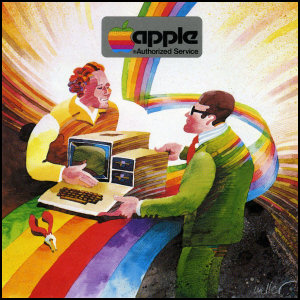

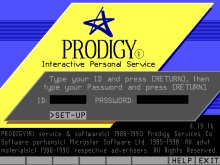
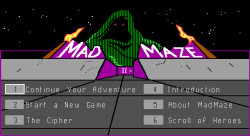
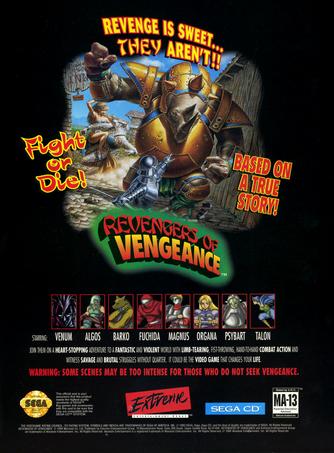
 I’m doing research on the history of commercial online services such as Prodigy, Compuserve, AOL, GEnie, Delphi, Q-Link, The Source, Dow Jones News/Retrieval Service, any videotex or teletext service, and many others for an upcoming project of mine. I would like to talk to, and perhaps interview, former employees of any of these online services if possible. If anyone out there knows how to contact former employees of these services (especially Compuserve and Prodigy), please
I’m doing research on the history of commercial online services such as Prodigy, Compuserve, AOL, GEnie, Delphi, Q-Link, The Source, Dow Jones News/Retrieval Service, any videotex or teletext service, and many others for an upcoming project of mine. I would like to talk to, and perhaps interview, former employees of any of these online services if possible. If anyone out there knows how to contact former employees of these services (especially Compuserve and Prodigy), please 